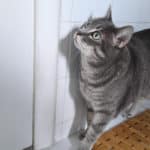Cats make wonderful, fun, and, sometimes silly, companions. Whether you’re new to cat ownership or just want to deepen your understanding of your feline friend, here are some tips for making your home cat friendly.
Cats need time to adjust to a new home
When you bring a new cat home, that first introduction to their new environment is crucial. Cats are territorial animals; the sudden change in scenery can be quite stressful.
Create a “safe room” where your cat can acclimate for the first few days. Put essential items like food, water, and a litter box in this room. Gradually introduce them to the rest of the house once they seem comfortable.
Get the right dishes for your cat
Cats can be quite particular about their eating and drinking arrangements. Many cats prefer running water and will appreciate a pet drinking water fountain.
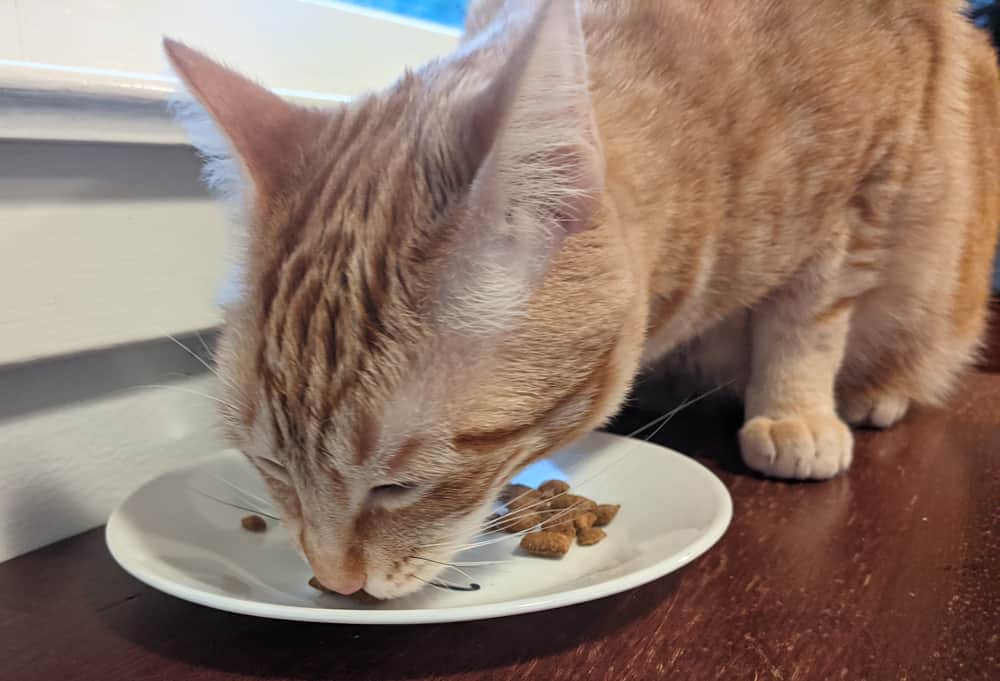
As for food, shallow dishes tend to be favored. Some cats experience ‘whisker fatigue,’ a sensation caused when their whiskers touch the sides of a deep bowl. Avoid plastic dishes as they can develop scratches that become embedded with food and can cause acne in your cats. Opt for glass or metal dishes instead.
Cats need high protein food
No, vegetarian diets are not appropriate for cats. Cats are obligate carnivores, which means their diet should consist primarily of meat. So make sure the cat food you buy is high in meat or fish-based proteins and contains quality ingredients to meet your cat’s dietary needs.
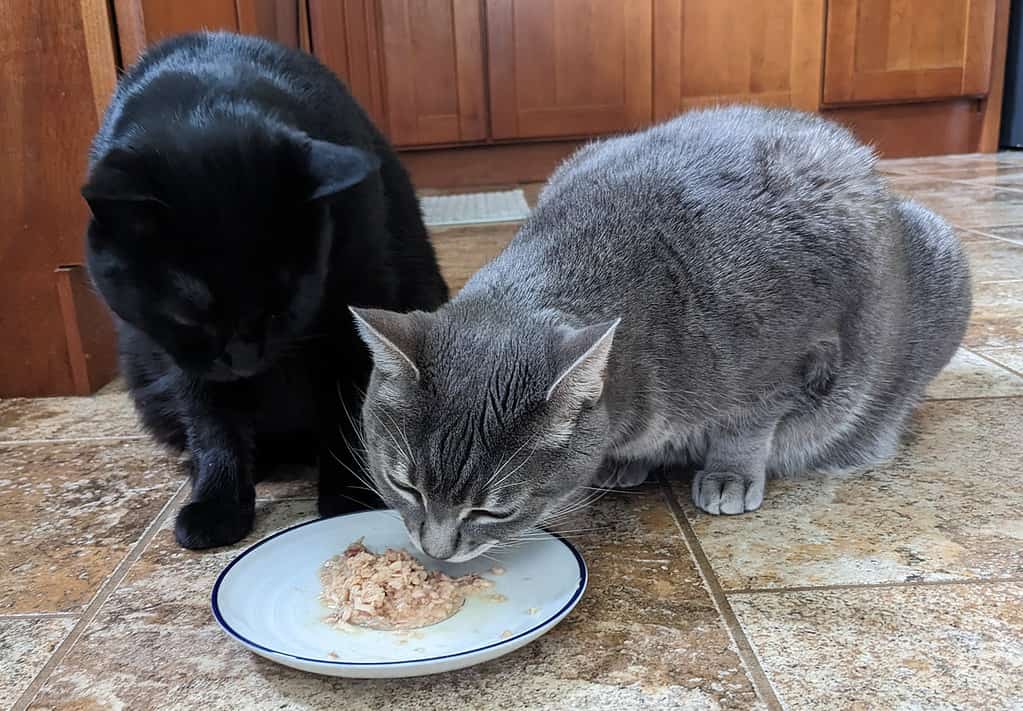
There are many types of cat food available—wet, dry, and even raw. Each has its benefits and drawbacks. For example, wet food helps with hydration but can be pricier, while dry food is convenient but lacks moisture. Consult your vet for personalized advice.
Be aware of your cat’s curious nibbling
Some common household items are surprisingly harmful to cats. Many plants, like lilies and poinsettias, are toxic to felines.

If your cat is prone to chewing on your household plants, place them out of reach like up on a high bookshelf or remove the plant entirely from your home. If your cat has access to an outdoor space like a catio, make sure any plants in that area are cat safe.
Don’t leave food out that you cat might try to taste. While cats are generally not as food obsessed as dogs, that doesn’t mean they won’t help themselves to food left out on the table.

Foods that are safe for humans, like chocolate and onions, can be harmful to cats. It’s a good idea to kitty-proof your home and keep hazardous substances out of reach.
Litter box placement is important
One important but often overlooked aspect of cat ownership is dealing with the litter box. Not only do you have to decide on the type of litter, but you also need to figure out where to place the box, and what kind of box to get – different cats have difference preferences on the type of litter box. You might have to experiment with lidded versus flat and open styles to see which litter box your cat is most comfortable using.

Here’s a tip: Cats like a clean, quiet, and accessible location. Avoid placing the litter box near their food and water, as cats instinctively avoid eliminating where they eat. Make sure the box is not in a high traffic area.
If you have multiple cats, the rule of thumb is one litter box per cat plus one extra. Cats like a clean box so make sure you scoop the boxes daily.
Take time to bond with your cat through play
Cats might give off an aloof vibe, but they need plenty of mental and physical stimulation. Toys like feather wands, laser pointers, and puzzle feeders are great for this. Interactive playtime is not just fun but also provides an excellent opportunity for exercise. Plus, it strengthens your bond with your pet.
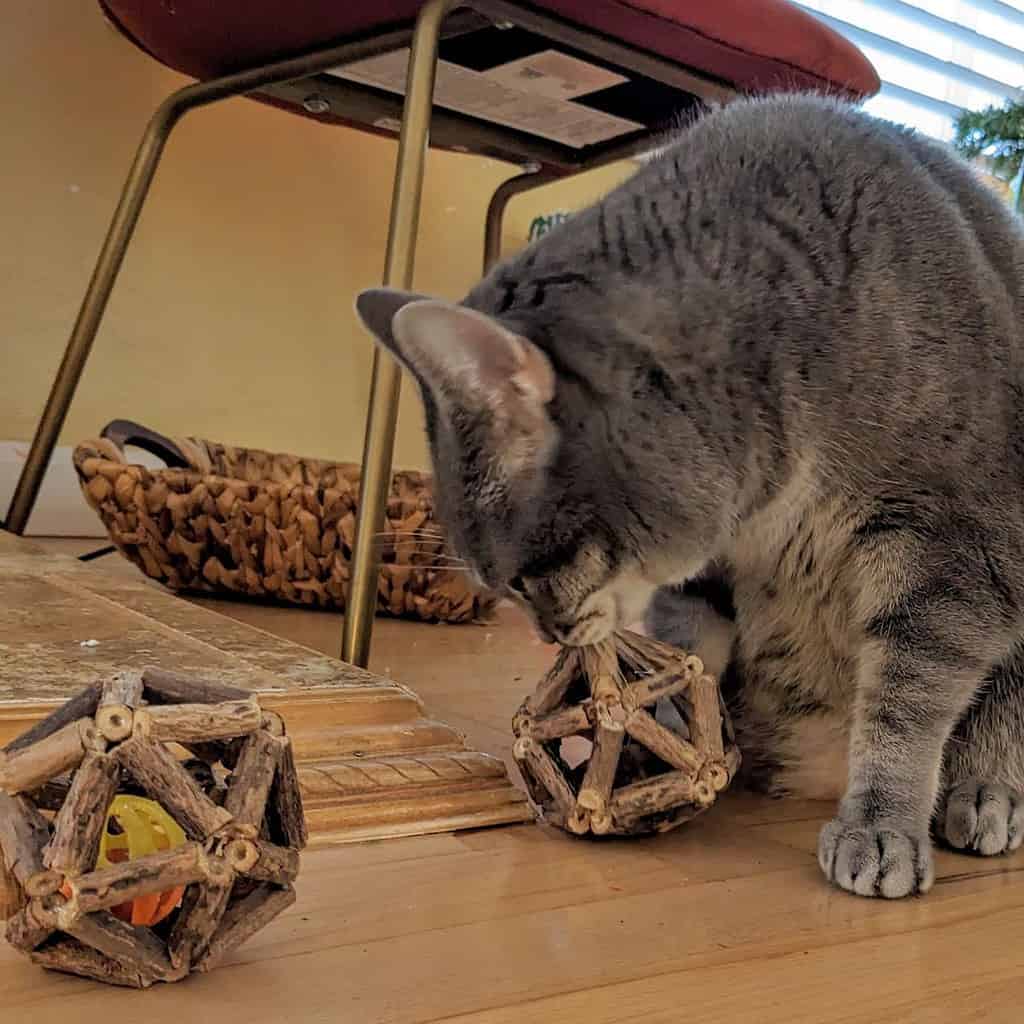
Cats have different preferences for toys – so be sure to try different toys to see which one they enjoy the most.
Respect your cat’s personality
Some cats are super affectionate or needy, others seem to enjoy a lot of alone time. Each cat’s personality is different and you want to make sure your cat feels safe in your home. Give them plenty of places to retreat to when they want quiet.
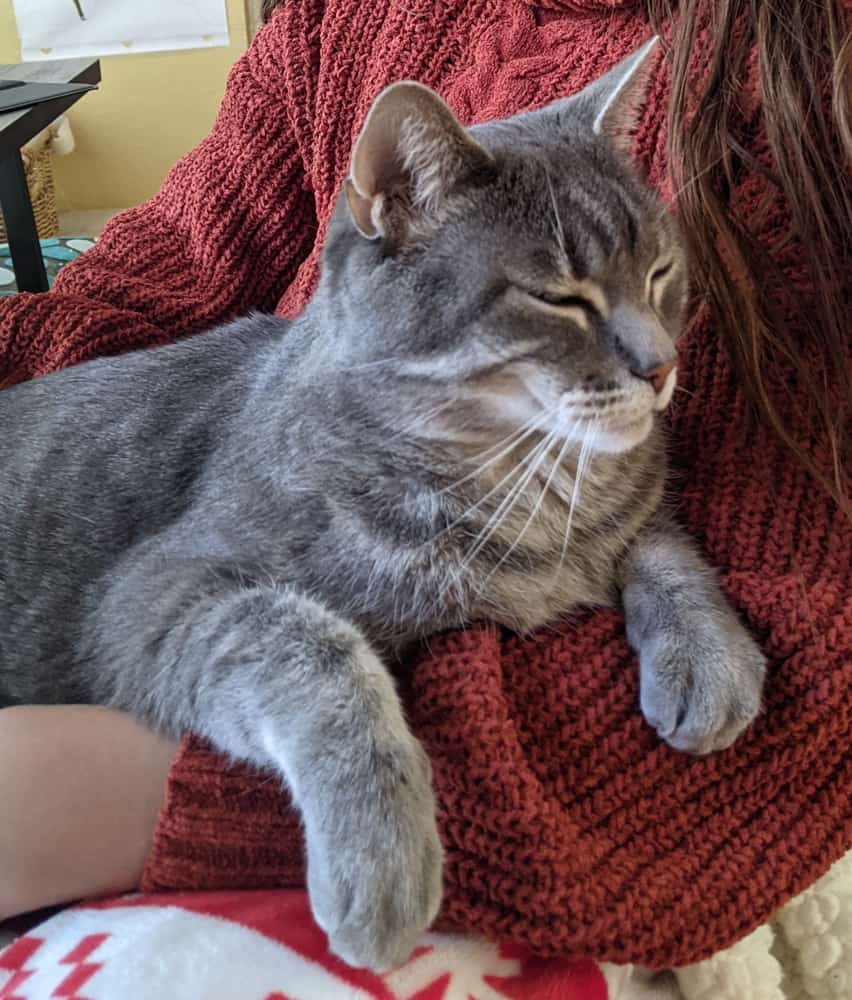
When petting or holding your cat, watch carefully for any signs they are done like a slowly wagging tail, stiff body, or ears that are pointed back. When your cat is showing signs they don’t want to be pet or held anymore, stop. Your cat will former a stronger bond and show more affection if you respect their limits and boundaries.
Cats are creatures of habit
Cats are creatures of habit, finding comfort and security in routine. A consistent daily schedule, which may include feeding, playtime, and grooming, helps to reduce stress and anxiety in cats. For example, try to feed them their meals around the same times each time.
Offer places to scratch
Cats have an instinct to scratch. Scratching helps to remove the outer sheath of your cat’s claws. Scratching is also an outlet for cats to spread their scent.
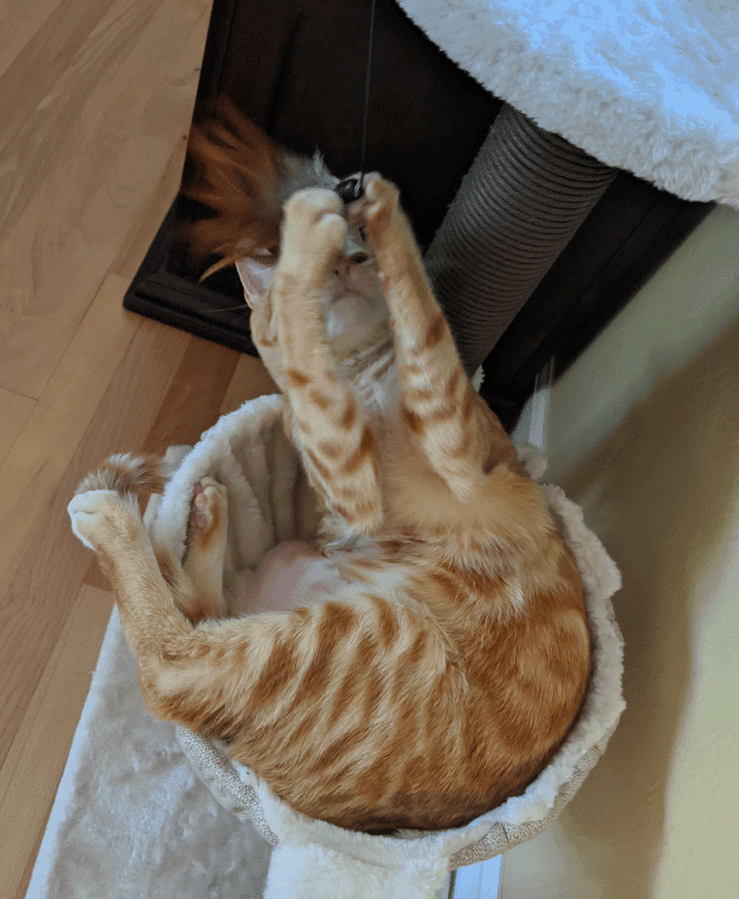
So provide some a scratching post or pad to help divert your cat’s need to scratch your furniture. You can even rub it with a little catnip to make it more appealing.
Cats are super sleepers
Ever wonder why your cat sleeps so much? Cats snooze for an average of 12-16 hours a day. It’s normal but can sometimes make them a bit hyper during your bedtime, known as the zoomies.
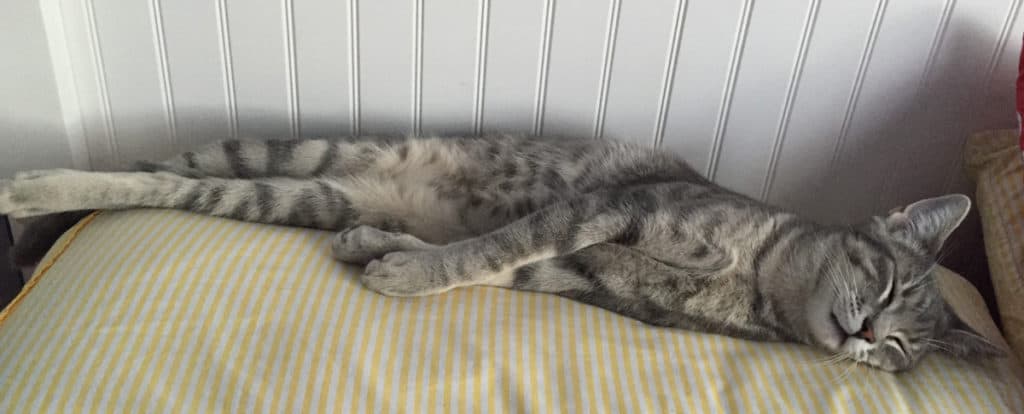
If you find your cat’s sleep cycle is disrupting yours, try engaging them in rigorous play before your bedtime to help them sleep through the night. After all, the reason these felines need so much sleep is so they can save up energy for short bursts of intense running and hunting.
Also make sure your cat has plenty of safe places to sleep. Cats love to find cozy spots either up high or tucked away.
Regular checkups are important
Regular vet check-ups are the cornerstone of good feline health. Your vet will give vaccinations, provide flea and tick prevention, and monitor your cat’s weight and overall well-being. Depending on the life stage and health condition of your cat, the frequency of these visits can vary.
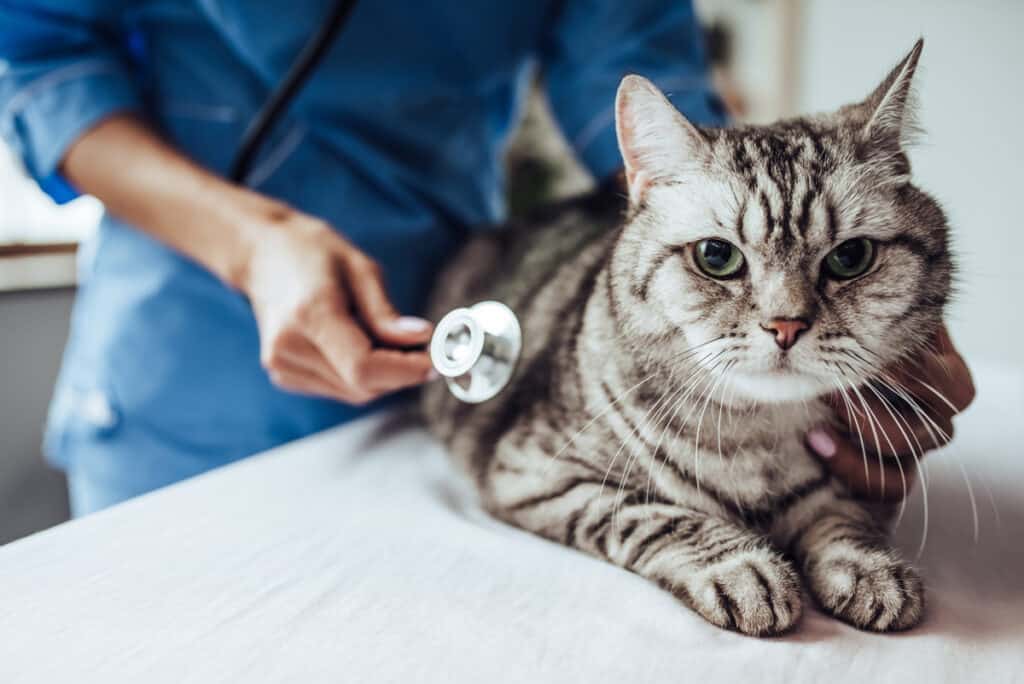
Happy cat, happy home
These fundamental tips will help you achieve a successful cat ownership. With some attention to detail, a little patience, and a lot of love, you’ll be well on your way to becoming the purr-fect cat parent.






